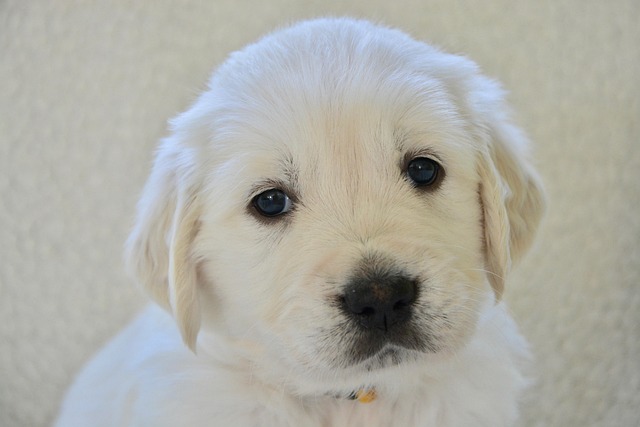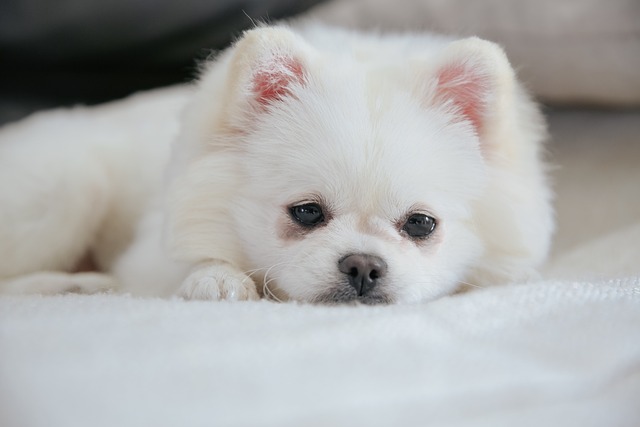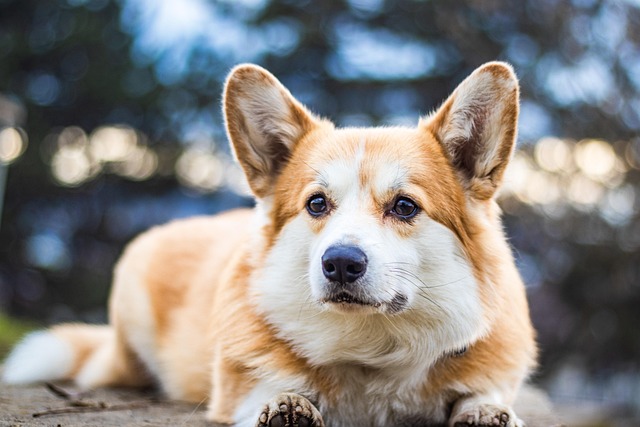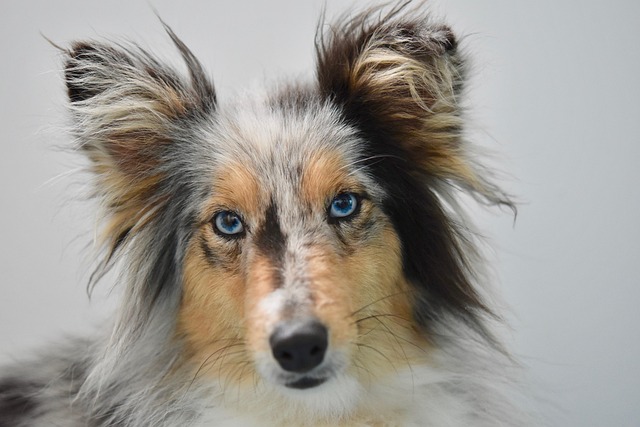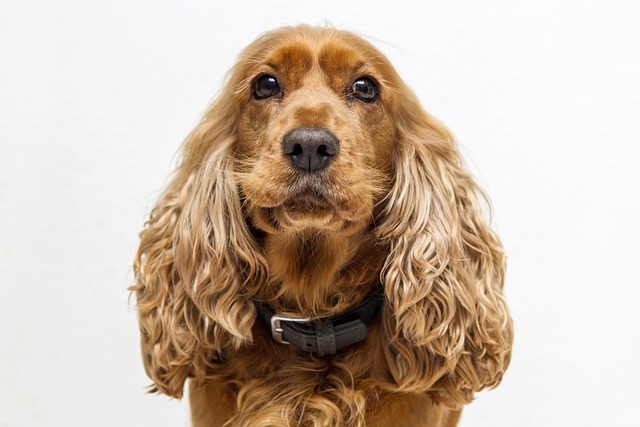It starts with that telltale puddle in the corner - your Yorkie has struck again. Before frustration sets in, take a deep breath. That tiny bladder isn't plotting against you. Indoor accidents often stem from deeper causes we humans might miss in our busy lives. Yorkies, despite their confident demeanor, are sensitive creatures wired to respond to subtle emotional and environmental shifts.
Why does your pint-sized companion insist on turning your rug into a toilet? Anxiety tops the list. That thunderstorm last week? Your Yorkie probably associated the booming sounds with danger, triggering instinctive marking behaviors. Changes in routine - a new work schedule, unfamiliar guests, even rearranged furniture - can shake their tiny world. Medical issues shouldn't be overlooked either. At just 4-7 pounds, Yorkies' urinary systems are delicate; UTIs or bladder stones manifest quickly through frequent accidents.
Watch for patterns. Does your Yorkie head to specific spots after stressful events? Maybe they circle nervously before relieving themselves indoors? These clues reveal emotional triggers. Excitement urination is common when owners return home - that puddle by the door isn't rebellion, but an overflow of joy. Territorial marking often occurs vertically (against furniture legs) and may increase with new pets in the home.
Training begins with empathy. Never rub their nose in accidents - this creates fear, not understanding. Instead, develop a sixth sense for their "I need to go" signals: sudden sniffing, circling, or heading toward usual accident spots. When you spot these, calmly say "Outside?" in a consistent tone and whisk them to their designated potty area. The moment they succeed outdoors, celebrate with high-value treats and enthusiastic praise. Yorkies thrive on this positive reinforcement.
Consistency is your secret weapon. Establish military-precision bathroom breaks: first thing in the morning, after meals, following play sessions, and before bedtime. For puppies under six months, set alarms every two hours. Create an inviting outdoor space with familiar scents - leave a previously soiled (but cleaned) pee pad there initially to trigger recognition. Gradually move this pad closer to the door, then outside, creating a scent trail they can follow.
For stubborn cases, try the umbilical cord method. Keep your Yorkie leashed to you indoors for several days. This constant supervision prevents stealthy accidents while helping you learn their pre-potty behaviors. Confine them to a small, easy-to-clean area when unsupervised, gradually expanding their freedom as reliability improves. Enzyme cleaners are essential - standard products leave trace scents that scream "bathroom here!" to sensitive canine noses.
Long-term success requires adapting as your Yorkie ages. Senior dogs may need more frequent outings as bladder control weakens. During stressful periods like moves or holidays, temporarily increase bathroom opportunities. Watch for backsliding - sudden indoor accidents after months of reliability often signal health issues needing veterinary attention. Remember, progress isn't linear. That random accident after weeks of success doesn't mean failure; it's a temporary setback in your ongoing partnership.
The journey from frustrated owner to in-sync Yorkie guardian takes patience, but the payoff is profound. One morning, you'll realize it's been weeks since finding surprises indoors. Your Yorkie will sit proudly by the door, having internalized the routine. That mutual understanding - built through consistent compassion - creates a bond far stronger than any training protocol. After all, these tiny dogs with oversized personalities aren't giving us a hard time; they're having a hard time adapting to our human world. It's our privilege to guide them gently.
